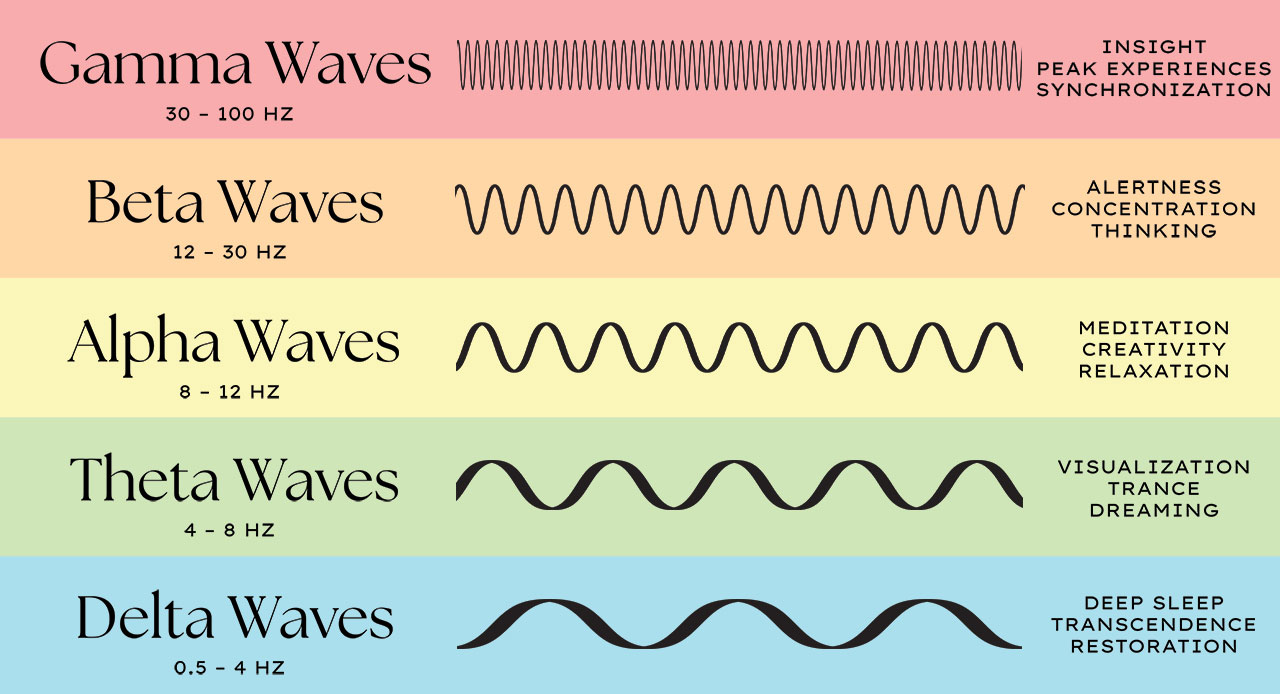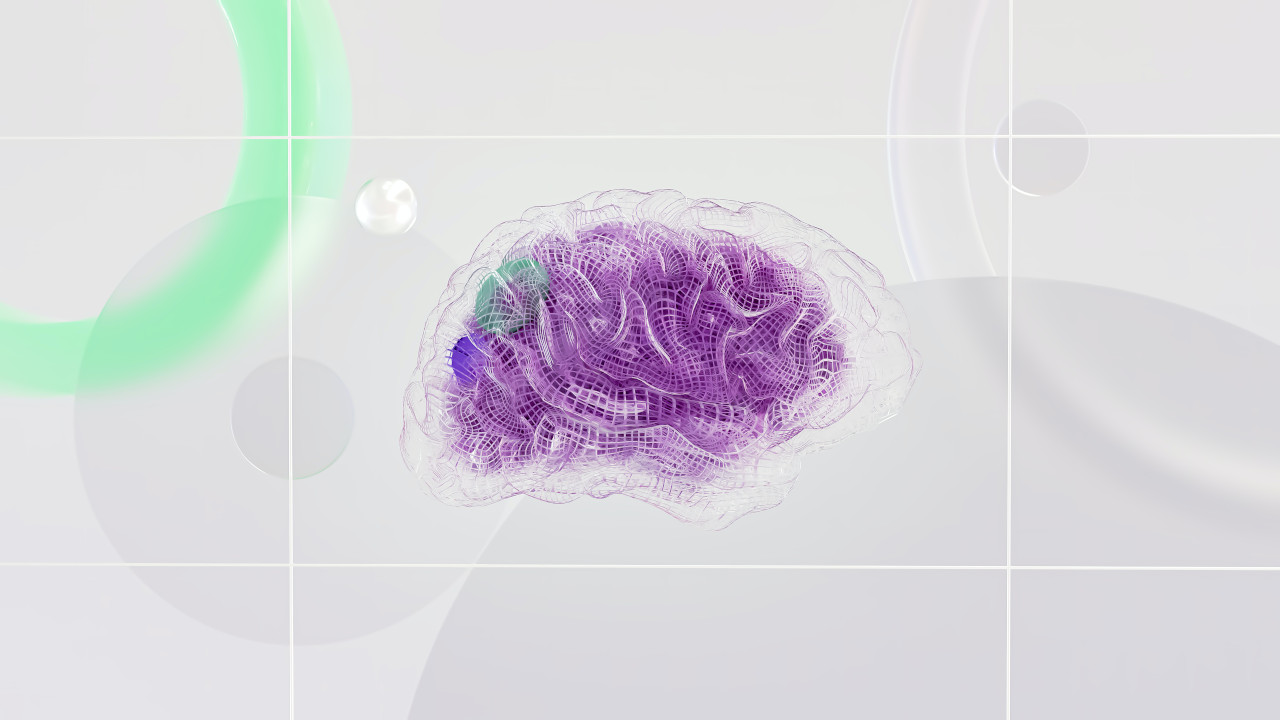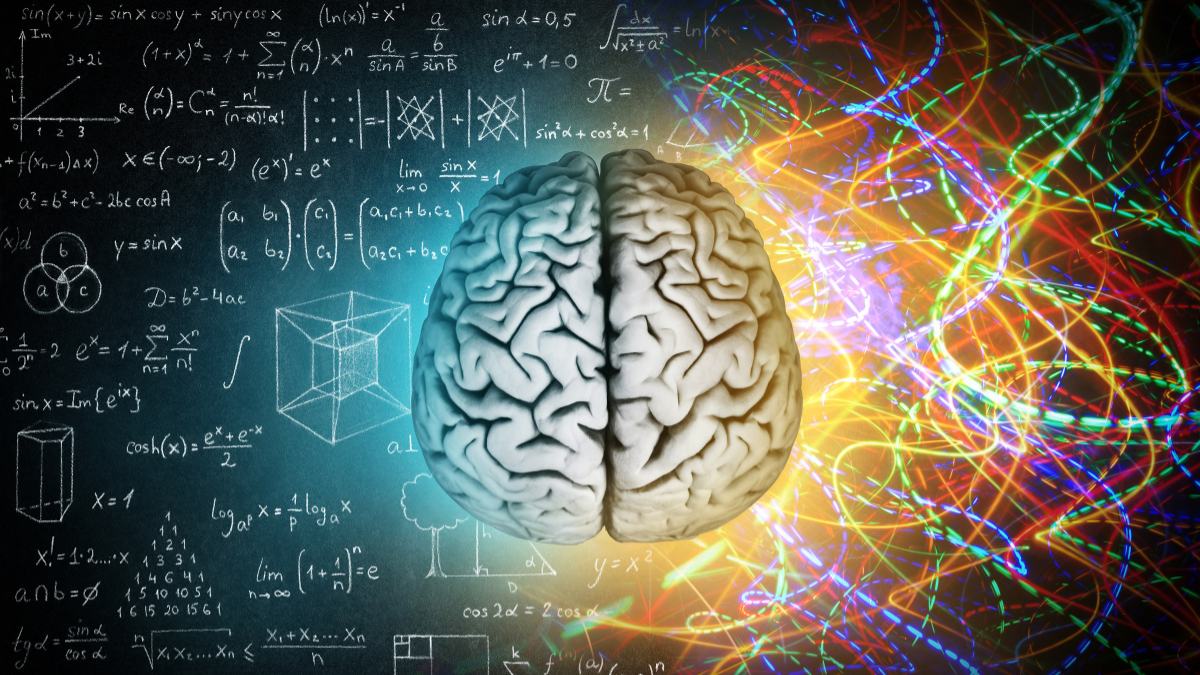At any given moment, there is a flurry of activity in your brain.
But that activity is not as disorganized and chaotic as it seems at first glance. There is an order and rhythm to it.
When specific regions of the brain start talking with others, a synchronized signal appears, like ripples on a pond that travel across your cortex. These waves come from different locations and at different frequencies, depending on their purpose.
While there is still a lot to learn about brain waves, important research over the last few decades has revealed some of the essential roles they play, what happens when they go awry, and different techniques for taking greater control over them.
This short guide will provide an overview of brain waves and explore some different methods for finding the frequencies you need when you need them.
Finding Brain Waves
Neural oscillations, as they’re often called, were discovered by Hans Berger in 1924, after he invented the electroencephalogram (EEG).
The EEG picks up on the electrical activity that results from swarms of neurons firing signals.
To record this electrical activity, a number of electrodes are placed across the head. This makes it a non-invasive technique, perfect for commercial devices to be used at home.
The downside is that it is imprecise—it can only measure the cumulative activity of a large number of neurons over the surface of the brain, a signal that is further blurred by the skull and muscles between the brain and electrodes.
Individual neurons or smaller networks, as well as the deeper regions of the brain, remain inaccessible to EEG, instead usually requiring invasive techniques.
Despite the limitations, a lot can be gleaned from the large-scale readings of an EEG. Populations of neurons synchronize with each other in ways that wouldn’t be so apparent if we were too focused on the minutiae.
Range of the Brain
Brain waves are measured in hertz (Hz), which refers to cycles per second.
When Hans Berger first measured brain activity, he found activity in the range of 8-12 Hz, which was then called the Berger wave but is now known as an alpha wave.
Subsequent improvements in the EEG have made it possible to pick up on a much wider range of frequencies than the alpha band.
The brain, it seems, can range anywhere from a low delta band of 1-4 Hz, all the way up to gamma activity between 30-140 Hz.
The EEG has helped researchers uncover how these different frequency bands relate to psychological phenomena, and at-home hobbyists have been learning how to modulate their own brain activity with feedback from their devices (here are 10 affordable home neurofeedback training devices).
The 5 Types of Brainwaves:
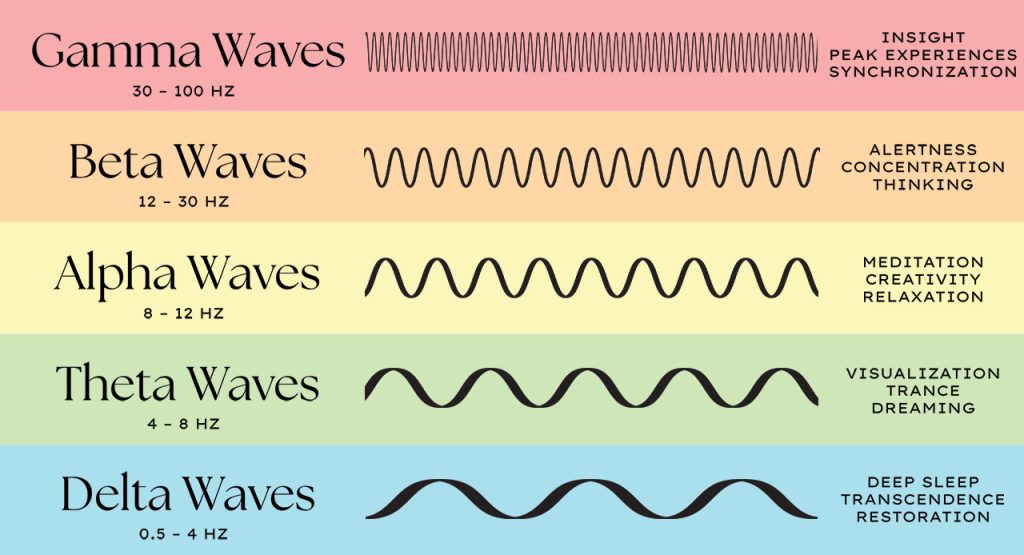
The reality is that all our thoughts, emotions, and behaviors are a result of communicating neurons in our brains. The dominant frequency they communicate with each other determines our brainwave state.
Here’s a look at our different brain waves and what scientific studies have taught us about their features and characteristics:
Gamma: 30 – 100 Hz

Gamma brain waves are the highest frequency band, and the range is by far the widest.
They can be difficult to measure, as despite the high frequency the small amplitude makes the signal easily contaminated by the muscles around the head.
Research has discovered that gamma brain waves are involved in higher aspects of cognition, improved working memory and better concentration. Along with beta, they also occur spontaneously during REM sleep.
Beta: 12 – 30Hz

Beta brain waves are sometimes divided further into 3 bands: high beta, beta, and low beta. But we’ll consider the beta band in its broad sense.
This range corresponds to a more active and alert mind, engaged in thought and concentration, making decisions and solving problems.
Beta brain waves appear particularly significant when it comes to movement and self-control.
A study from 1962 found our reaction times are faster during beta activity, yet more recent studies have found that it peaks when we are planning movement, but is suppressed during movement.
What’s more, it increases when movement is resisted or suppressed, and when beta activity is created through stimulation, our movements slow down.
Given this interplay with movement, it’s no surprise beta brain waves are also implicated in disorders like Parkinson’s disease.
Alpha: 8 – 12 Hz

The first brain wave that was discovered by Hans Berger, and as you might imagine of participants sitting still and not doing too much, the alpha state is found when we’re awake and alert but still rather calm.
Several studies have linked the alpha state to increased creativity.
A classic 1978 study found alpha waves as people generated ideas for a story, while another study increased creativity by applying stimulation to the brain to promote an alpha state.
On the health front, alpha states have been found to alleviate symptoms of major depressive disorder, and both alpha and theta states helped reduce symptoms of generalised anxiety disorder.
Theta: 4 – 8 Hz

Like delta, theta brain waves can also occur while you’re asleep, but not in the deep phase, more often when you’re drifting off or just before waking up.
Theta activity also occurs when you’re awake, but focused on the internal world. You might be drowsy, daydreaming, relaxed and on ‘autopilot’.
One study found theta brain waves promoted a positive emotional experience, describing it as ‘blissful’.
Theta waves also appear to be involved in implicit learning—when we pick up on things without deliberate attention, like riding a bike or swimming.
Delta: 0.5-4 Hz

Delta brain waves occupy the slowest frequency band.
It isn’t one you’ll have much conscious experience of, as mostly they’re found in stage 3 non-REM sleep, also called slow-wave sleep.
Delta brain waves are necessary for relaxing and restorative deep sleep. If they’re inhibited or disrupted for some reason, you’ll suffer from poor sleep and an inability to rejuvenate your body properly.
Getting in Sync
You should naturally transition between the different types of brain waves throughout the day, as you ideally wake up refreshed and relaxed, then tackle tasks and make decisions.
But the natural rhythms won’t always be appropriate for the goal you have, and you’ll want to take some control of which brain waves are bouncing across your cortex.
An obvious example is when you need to relax, to settle down before bed, but your mind feels like it’s racing—it probably is, but what can you do to make it slow down?
Here are some options:
Neurofeedback:

There are a number of EEGs and wearable devices, such as the Muse S, that can monitor and provide real-time feedback on your brain wave activity.
By watching your brain activity on a screen you can learn to recognize what inner feelings and thought patterns relate to which brain wave frequencies.
Then, even when you’re not using the device, you’ll be better able to identify what frequency you’re currently experiencing.
Beyond recognition, wearables can help you regulate your brain waves. They often have activities to perform and meditation features which help build the skills needed to take more control over your mind.
“By seeing how the brain responds to different visual, video, or auditory stimuli, through observing EEG tracings or a visualization of those, it’s believed that the brain can be trained on what it needs to do to achieve the healthier patterns,” says Caroline Carney M.D.
Brainwave Entrainment:
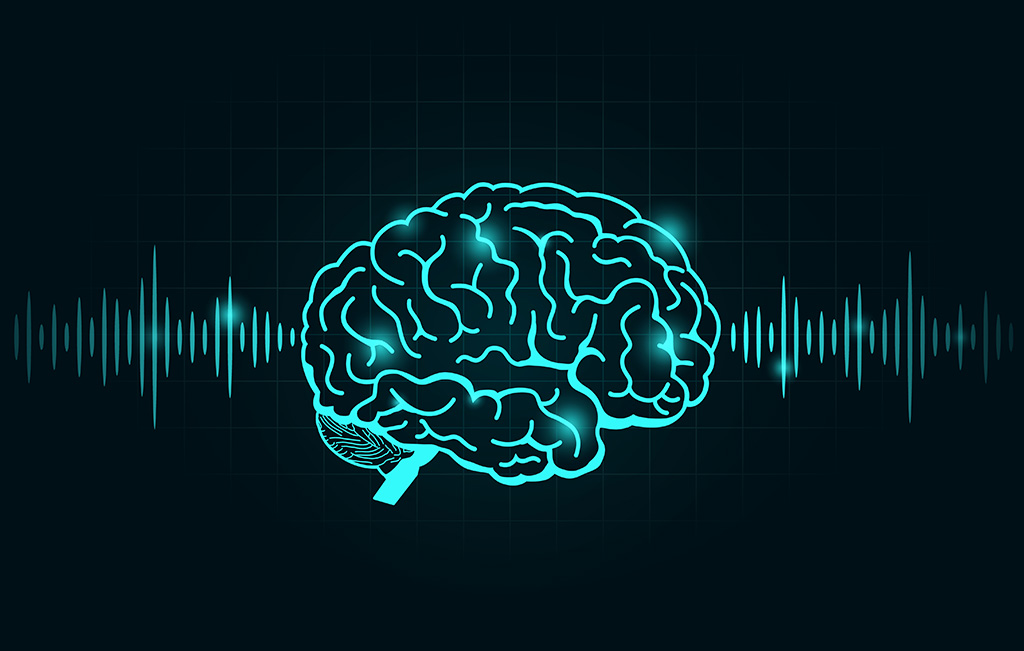
Feeding the brain information based on frequencies and oscillations, such as lights and sounds, can lead to something called brainwave entrainment.
Entrainment occurs when the frequencies of the brain synchronise with the other signal.
An increasingly popular way to achieve this is with binaural beats—when two slightly different frequencies are played into each ear, you perceive a frequency equal to the difference between the two.
For example, if tones of 250 Hz and 256 Hz are played into each ear, it results in a binaural beat of 6 Hz.
Through entrainment, our brain waves then sync with the 6 Hz binaural beat. In one study, theta activity developed across the entire cortex within 10 minutes of listening to a 6 Hz binaural beat.
Some research has found that regularly listening to binaural beats can reduce anxiety and even increase your quality of life.
Meditation:

Meditation has many benefits to our health and well-being, such as reducing stress, lowering symptoms of depression and anxiety, and improving focus.
It has also proven to be very effective at driving many types of brain waves, depending on the style of meditation used.
For example, several studies have found increases in alpha and theta activity during non-directive meditation.
The theta waves were predominantly in the front and middle sections of the brain, which is believed to reflect the relaxing of attention. Alpha waves were more dominant in the back parts of the brain.
Another study found Ujjayi breathing elevated alpha brain waves in 40% of people, while decreasing beta brain waves by 30%.
A large review of the evidence for meditation and yoga concluded they’re both effective at treating stress-related disorders by significantly altering brain wave activity.
Ride the Wave
The brain is lush with neurons firing signals back and forth, talking and communicating and making it possible for us to think and feel in the ways we do.
This communication, when viewed broadly, appears in waves. They scale from slow delta waves to fast gamma waves, largely in relation to our energy levels and attention.
Your day will naturally entail highs and lows, but at times you’ll want to take more control over your brain waves—to destress and relax, to focus and be productive, or to inspire greater creativity.
Fortunately, there are many ways to regulate your own brain waves.
Meditation, binaural beats, and neurofeedback devices have proven to be some of the most effective. Whatever your requirements and budget, there are options to help you manage your mind.

